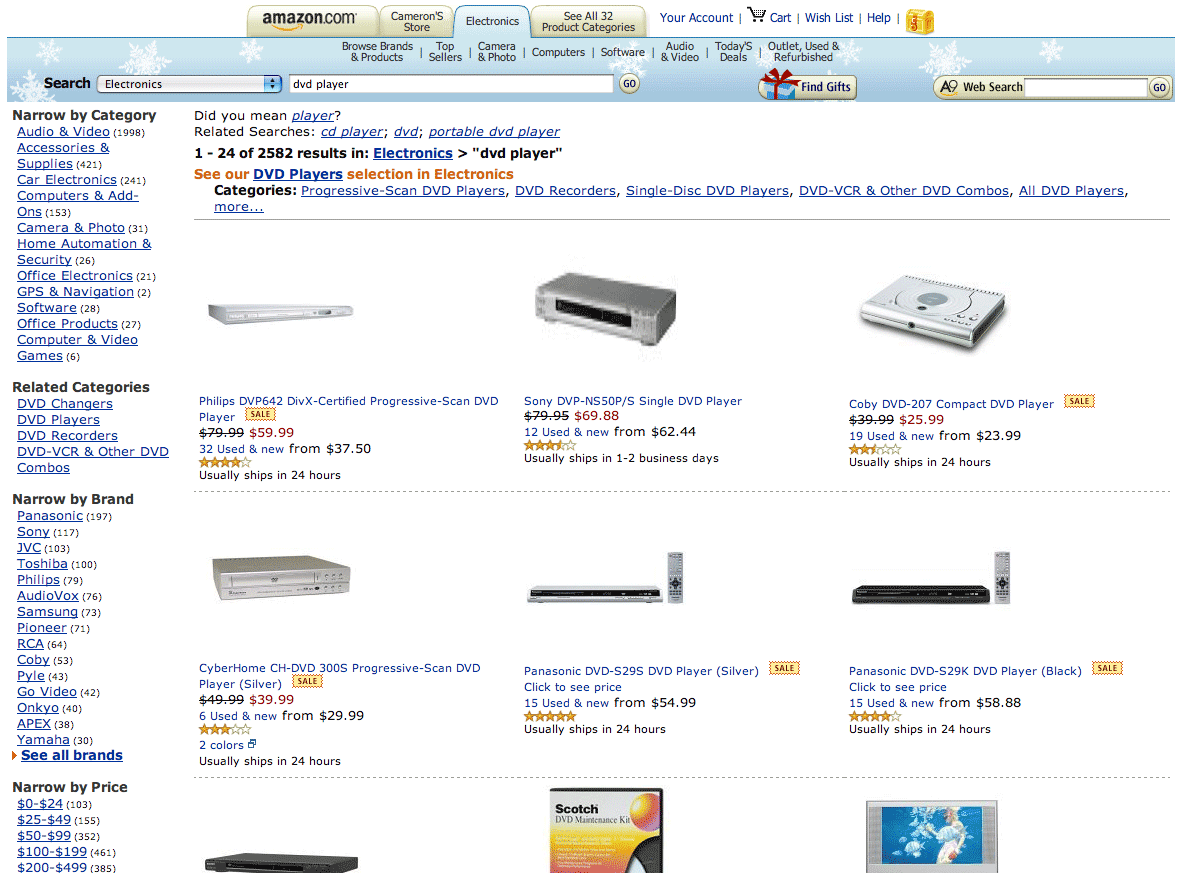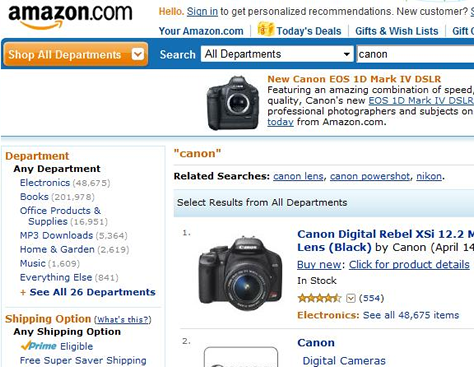
☰

If you want to sell something, or be it the other way around and you want to buy something, it may be true that you consult Google. I mean, who else doesn’t? Google’s like an everyday best friend. But from now on, you should start having second thoughts. According to comScore, searches on Amazon have been growing steadily while searches on Google have been falling drastically. It may be a hard to believe at first, but it makes perfect sense. Google has been known to be reliable for almost anything and has long been trying to venture on every single aspect in the internet; Amazon on the other hand fixed its focus on eCommerce.
So, the next time you want to make it big, do not confine yourself into wanting to rank on Google, but try to have a higher spot in Amazon.
Although convincing you will be like trying to land a punch on the moon, I’ll try my best for two reasons. First is because Amazon is the Google equivalent when it comes to shopping. And the second is because, unlike Google, Amazon’s ranking algorithm is much, much easier to understand.
I want to make this post comprehensive but at the same time, I want to make it simple. So, to satisfy both, I’ll break the topics into chunks.
Is there really a difference between Amazon and Google SEO?
Yes, and the difference is big, so big that not everyone can notices it. Both search engines want to sell. That’s basic enough. The difference is what is it that they want to sell. Google wants to sell ads. Amazon wants to sell products. Now, since the goals are dissimilar, the measure of success will also be different. In google, if you find what you’re looking for, you’ll come back and will most probably click on their ads. For Amazon, if you find the right product, you bought it, you’ll return to buy more products.
This difference will make optimizing for both search engines, well, different too. If you want to optimize for Google, you have to improve the user engagement and take steps to make them happy. If you want to optimize for Amazon, focus on conversion rates. The more conversions, the more successful it is for Amazon.
Type of Data
Another difference is the type of data. While Google wants the website owners to make their data more structured, Amazon already has a completely structured data. What does that mean? It means building a website gives you the freedom to start from scratch. You are given a blank notepad. While in Amazon, there are fields you have to answer.
Optimization
Now, let’s discuss optimization for both Google and Amazon. Before you can rank on Google, you have to build links. Meaning, you still have a lot to do: make your presence known by participating in social media and encourage brand mentions. While this will also improve your Amazon ranking, it does not directly affect it. Again, Amazon relies primarily on conversions, are searches converted into purchases?Search Results
Like Google, Amazon offers different views when scanning through the search results. They have a list view and a gallery view. The importance of completing the fields in Amazon is shown on the side filter box. For an instance, if a user wants only blue items, and you have not filled up the color category, your item will not turn into the searches.

Ranking
Probably the most important part. The reason why you put you product in Amazon is for the said product to be sold. How exactly can you sell the products? There are two factors to convert searches into purchases. And under the two factors are sub-factors. Let’s Discuss them in a tabular manner.| Performance Factors – How well did your product perform? Did it generate sales? | Relevance Factors – Is your product relevant to the search? |
| Conversion Factor – When your product reaches the search results, was it purchased? | Title – does it include the following:
|
| Images – Did you follow the 1000x1000 image size? That particular size can utilize the Zoom Feature and Zoom can generate sales. | Brand – Buyers always key in the brand that they want. Make sure to indicate the brand of your product. |
| Price – Is your product priced correctly compared to other products in the same category? | Bullets and Description – Be very specific about the product you’re selling. |
| Search Terms – Did you use the right keywords? | |
| Seller Name – It’s also a good idea for buyers to know you so that rapport can be built. |
Monitoring your Progress
As in any business, you have to monitor if you are doing well. Doing so can help you modify and track where have you been going right or wrong.Other Factors
These are also some of the factors that than can help you make conversions in Amazon:Conclusion
People will always rely on search to find something. May it be in Google or Amazon; it will not hurt if you can find time to invest in both. After all, your goal is to make as much sales as possible. The more resources you have, the higher the chances that your products will be sold. Just be patient in chasing the Number 1 Spot in Google and more so in Amazon.